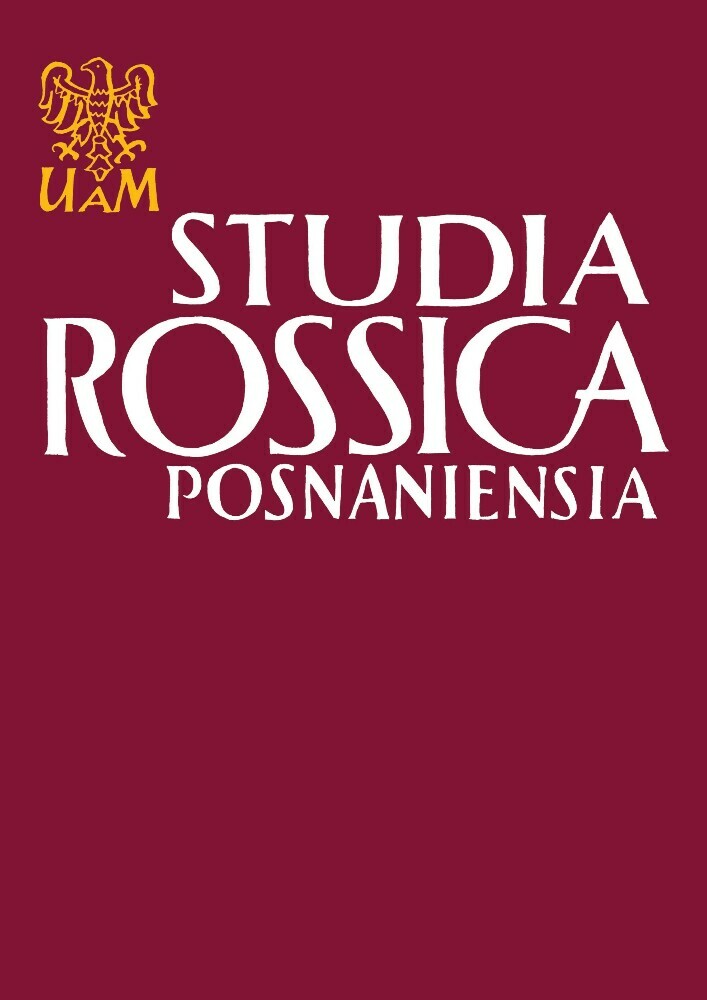Abstract
The article shows the phenomenon of tautological and pleonastic expressionsin the context of lexical and semantic changes based on the example of the Russian language from a synchronic and diachronic perspective. Attention is paid to neutralizing the redundancy of the components of pleonastic/tautological constructions, their referential use and the dynamism in creating pleonastic abbreviations and constructions that are formed by using foreign components. Based on these facts, pleonasm and tautology can be considered a manifestation of lexical and semantic changes both with regard to the synchronic and diachronic aspects of the language.
License
Copyright
© 2014 Uniwersytet im. Adama Mickiewicza w Poznaniu
OPEN ACCESS
